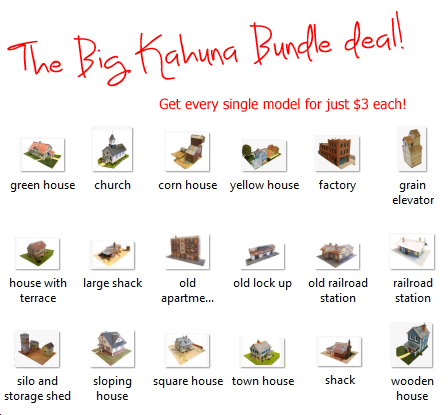Grant’s been back in touch with his collection of small N scale train layouts:
“Hello Alastair
Because of the large amount of positive feedback I have been receiving from your subscribers, I have decided to pull out my old layouts and give them all a good video.
A while ago I shared information on my original layout, but that has been redone and I would like to share it again with you and your site.
About 20 years ago, while living in a very small apartment, without a tool to my name, I felt the need to move away from my life as a computer nerd, and start using my hands.
But what to build? Can you guess????
Yes, soon the idea of building something out of wood became building a train layout. One that would fit under my couch in my tiny home.
So it began. I had always been a fan of N Scale, particularly its value for space, and this was the obvious choice here.
I started with re-educating myself via Youtube and went on the hunt for what I was going to do. Add in some valuable advice from my local Model Train Hobby Store, some careful experimentation and then all the patience I could muster.
Eventually it was finished, including a box to house it.
I started taking my tiny layout to train shows, where it was a hit among smaller kids who could get close, and eventually once I had moved on to bigger layouts, I would still take it along, with a controller for the kids to use, for a hands on experience.
Now it is two decades, and four layouts later ( I have started a 5th) and it still looks pretty good, and the little Fleischmann 7000 still looks great.
The Video, both old and new can be found on my newly reorganised playlist on YouTube
Thanks again for your site and the messages you share.
Grant”
A big thanks to Grant for sharing his small N scale train layouts.
It makes me happy when I read the blog has inspired a few of you.
It reminded me of Mike’s N scale oval layout.
Also, it’s nice to have a few N scale posts too, they have been a bit thin on the ground recently.
Which reminds me – yesterday I posted Rob’s stunning London underground model trains but I didn’t include the youtube. My fault entirely, I have added it now and it’s well worth a look.
That’s all for today folks.
Please do keep ’em coming.
And if today is the day you poke boredom in the eye and join in the fun, the Beginner’s Guide is here.
Best
Al
PS Latest ebay cheat sheet is here.
PPS More N scale layouts here if that’s your thing.










































